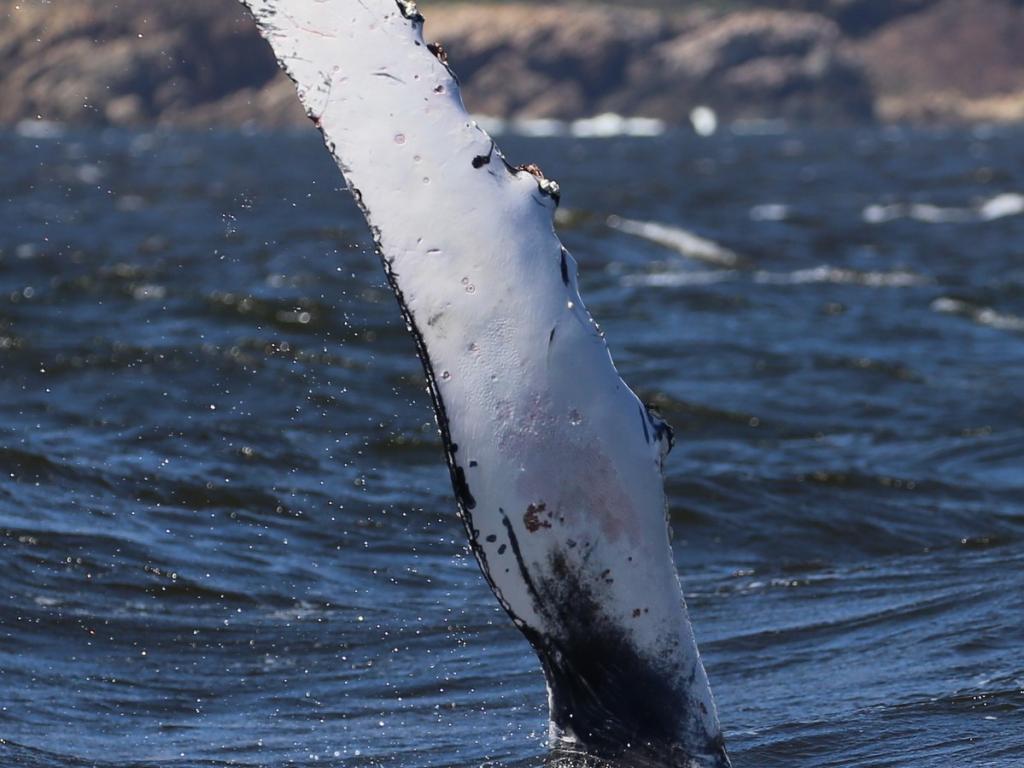SEEC and Sea Search MSc Candidate, Jack Fearey, working with Greenpeace

This month, Jack Fearey, an MSc candidate within the Centre for Statistics in Ecology, Environment and Conservation and Sea Search group, will be joining Greenpeace on their vessel, the Arctic Sunrise, to go to the Vema Seamount. The Vema Seamount is an underwater mountain in the southern Atlantic Ocean, roughly 1000km due west of Cape Town which reaches to within 20m of the sea surface in places. Greenpeace has launched a campaign, “Protect the Oceans, from Pole to Pole” to draw attention to the importance of the world’s oceans, the need for a Global Ocean Treaty and to highlight work being done by scientists around the globe along the journey.
Jack will be assisting with Greenpeace International on this leg of their journey to collect data on whale and dolphin sightings and vocalisations in this poorly studied part of the ocean. Visual surveys will provide insight into high density areas for different whale and dolphin species and potential migratory corridors used by humpback whales during their southward migration. Once at the sea mount, Jack and associates will deploy hydrophones (underwater microphones) with the main objective of recording humpback whale song to compare to song recorded around the coast of Africa. Humpback whales have made a remarkable recovery, many of the things we thought we knew about the population structures and movements are changing as we apply new tools. Seamounts have been suggested to be used by whales as navigation beacons and there is some evidence to suggest that animals from both west and east African populations might be passing Vema! As whale songs are population specific – Jack hopes that any songs recorded will contribute to a better understanding of these animals. Additionally, any recordings of other whale or dolphin species will provide information on species diversity at the sea mount and feed into a broader bioacoustics library for comparison to other species and gradually build knowledge of sounds produced by all cetaceans to enable effective acoustic surveys going forward.
